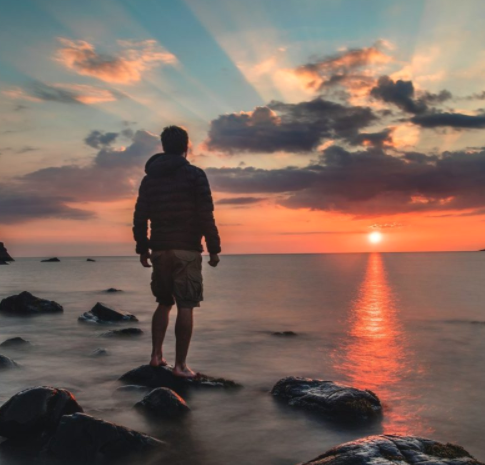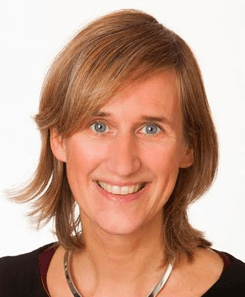Our next webinar :
Taking the time to take time
| During the period of lockdown, the idea of taking the time was often discussed. Of course time stopped, it left us helpless, confused at first. Little by little some of us thought we could use it to take care of ourselves, to take our time. Others frantically continued to work, on-site or online. And even though it is clear that our rhythm of life has been different, that we have had time to question ourselves, to (virtually) exchange more, from our point of view this experience is a real opportunity to become aware that the concept of “taking time” is very different from “having time”. That’s why we started thinking about the concept of “taking the time to take time” in our Sense+ team. Yes, we have had time, but strictly speaking we have NOT taken it ! The fearful medical context, the many disturbing media reports, the uncertain economic future did not always reassure us. Moreover, we very quickly returned to “business as usual” and taking time became another utopia. We want to reflect on this because we had the insight that taking time can be very valuable, how do we make sure we do take it indeed ? Below you will find “How can we structurally give ourselves more time ? A concrete 7-step plan” |

Webinar Info
Taking the time to take the time
Experience how you can do this effectively with this 7-step plan
19 August from 18.00 to 19.00 hours
Session via Zoom
Free of charge !
After registration, an e-mail will be sent to you with the practical details (link, gradient, …).
Why take the time ?

In the 2007 book ‘Simple Prosperity. Finding Real Wealth in a Sustainable Lifestyle‘, the American author and activist David Wann writes about the importance of stepping out of the hamster wheel and turning it into a beautiful perpetuum mobile that strengthens itself. We all had a chance to experience it for ourselves during the lockdown and during the holidays :
Testimonial

An excess of time leads to more sport and exercise, and healthier eating, which makes me feel better and gives me more energy to create things. And stand still with the question what really makes me happy.
With the available time, I started reading and learning, creating value for others and therefore meaning for myself. I have spent a lot of my free time in nature, where I feel better than on my way to the office in traffic jams, on the crowded train and the grey office landscape in Brussels. By feeling better, my work-life balance improves and I do things more quietly and thoughtfully.
Maintaining the mental freedom of the holiday feeling

How can we structurally give ourselves more time ?
A concrete 7-step plan
With this exercise we provide a tool how to keep the holiday mindset of taking time and creating more meaningful time. Or rather, we look at what exactly keeps us from doing that and what you can do about it.
Step 1
Visualize concretely how you can build in time. Is it every day to keep lunch free and go out for a while, moving ? Every morning no meeting or mails before 10 am. Is it at least half a day a week without mails and meetings, or 2 ? Is it Monday or Friday ? Keep a couple of weeks off ? …
Step 2
By making it very tangible, you may already feel some resistance coming up, ‘it won’t be possible anyway’, ‘this is going to stress me even more’, ‘I’m not going to stick to this anyway’, ‘how in God’s name am I going to do this with 2 young children’, … Let them come up and listen to what they have to say to you. Write down the “13 reasons” why you are not going to do this and how you can fail.
Step 3
Per reason, what is needed to prevent this ?
Step 4
Per reason, when it fails, how do I deal with it ?
Step 5
What is the advantage of trying, of success ?
Step 6
What if I don’t take this time, how will I be within 6 months, 1 year, 5 years ?
Step 7
Who will hold me to this, who inspires me and is an example of taking time. Put a picture of it on your desk, make a screen saver on your cell phone, …
An example from the business world
| And why not this idea that Aaron Dignan, Brave New Work, How to change the way we work, mentions about one of his clients : 2 weeks imposed meeting moratorium, after 2 weeks, they seem to have gone from 45h to 12h meetings a week and especially free time for more creative work |






